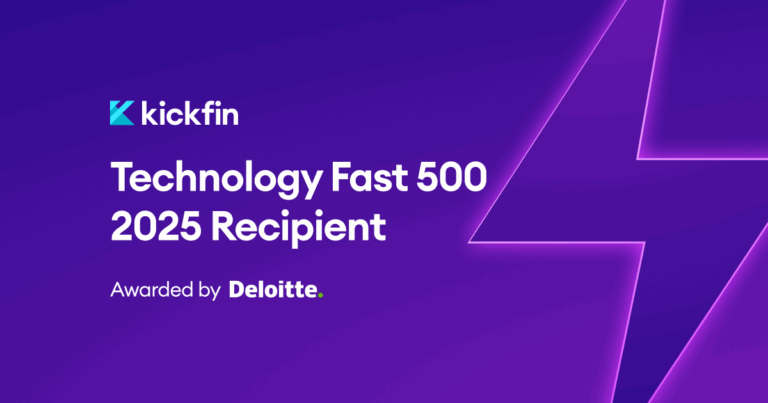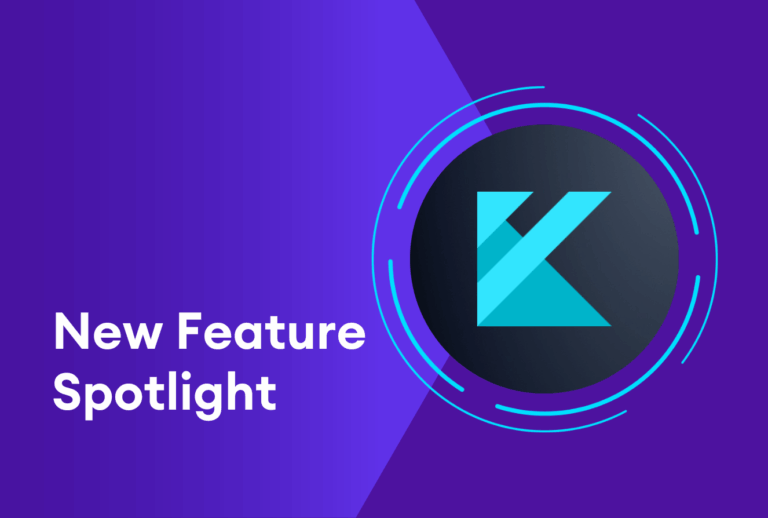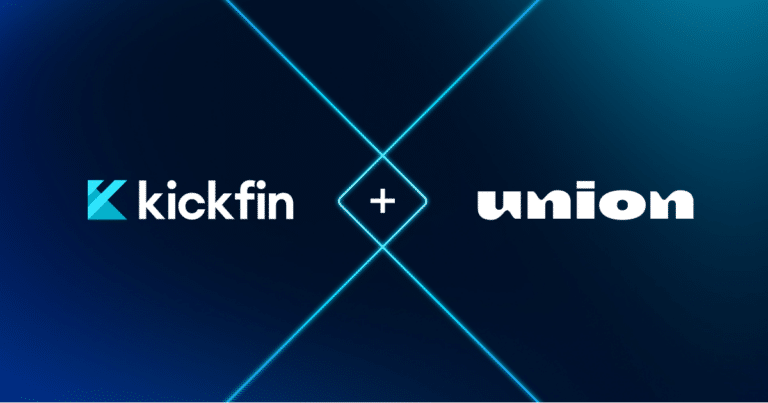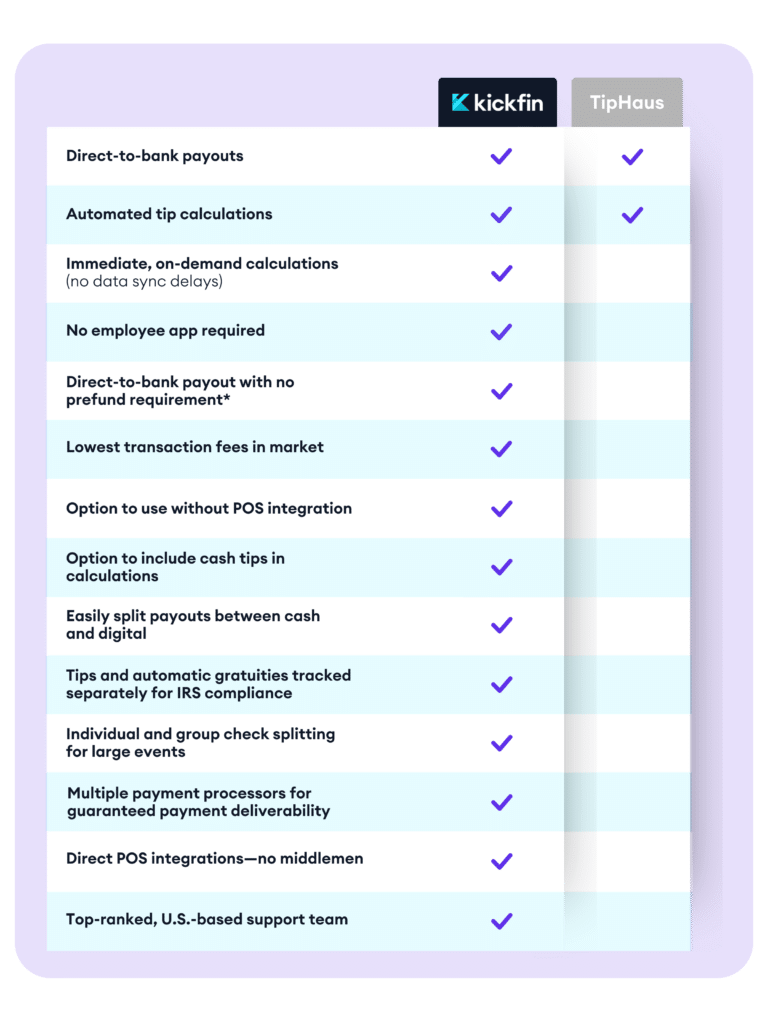Roughly 4-in-10 Americans say they aren’t using cash in a typical week, according to a recent report from Pew. But even as we creep toward a cashless economy, a large chunk of the hospitality industry is holding fast to cash — at least, when it comes to tip distribution.
Most of the restaurants, bars and hotels groups that continue tipping out in cash do so because it’s “the way they’ve always done it.”
And if you’re in that camp? We get it. Sticking with the status quo can feel like the path of least resistance. (Which counts for a lot these days.)
Plus: Paying out in cash daily also helps with recruitment and retention: hospitality employees expect and deserve to get paid in real-time. Meeting that need is critical in the face of an ongoing labor crisis, when restaurants and bars are competing for talent with other establishments and gig economy employers (hi, Uber and DoorDash).
But the reality is that cash distributions aren’t the only way to tip out in real time. And they actually come with a whole host of hidden (unnecessary!) costs that could be putting a major dent in your bottom line.
Don’t take our word for it: here are seven ways that your business may be “paying” for cash tips.
1. Managers get pulled off the floor
Managers already have a lot on their plate — helping out on the floor, checking in with guests (and smoothing over any issues), or even working the line in the kitchen. They step in where they’re needed, but distributing cash tips is an unnecessary task that takes them away from work that really matters. In fact, the whole process can consume 10+ hours of their week, every week.
Cash tip-outs take so much time because more customers are paying with credit cards or digital payments. As a result, restaurants simply don’t have cash on hand to pay out server tips at the end of each shift.
That means:
- Many managers find themselves making frequent bank runs — sometimes every day.
- Once cash is in hand, they’re tasked with calculating tip pools and counting cash. It’s a tedious job for anyone, but for a run-down manager who’s trying to keep their eyes open while they’re closing out at 2 a.m.? It’s the worst.
- Not only is it tedious: cash tip distribution keeps them chained to the back office when they could be out on the floor, doing what they do best.
- If employees come to pick up their tips from the night before, the managers are once again pulled off the floor to ensure everyone gets what they’re owed.
2. Unnecessary labor costs
If you’re still paying out cash tips, your labor costs are likely higher than they need to be.
Sure, your managers might be salaried — but at many restaurants, hourly employees will be waiting on the clock for their manager to pay out their tips since both the employer and employee need to be physically present when currency is exchanged.
To quantify this, pick a state…how about Colorado where the server minimum wage is $10.63? If a Colorado restaurateur has 10 employees waiting together on the clock for 15 minutes, that’s 150 minutes of unnecessary compounded labor or $26.58/day – about almost $800/month.
(Of course: managers could send employees home to save “on clock time.” But that means they’ll have the inconvenience of either waiting until their next shift to get their payout, or trekking back to work on a day off — which comes with added gas money or public transit costs —to complete the envelope pass.)
3. Employee theft
You work hard to hire the right employees: people you can trust. You ask the right questions, check all their references, run the background checks.
You can do everything right, but employee theft still happens. An estimated $3-6 billion of revenue is lost annually as a result.
Does it mean your employees are bad people? Not necessarily. But tough personal times — or pure temptation — can lead good people to make bad professional choices and justify illegal behavior. Reducing or eliminating cash held on premises for tipping out mitigates the risk (and temptation) of both minor skimming and major theft.
4. Human error
Even if your employees don’t intend to skim from tips, counting errors happen. After a particularly exhausting Saturday night shift, your managers are often sitting there counting cash for so long that they start to feel cross-eyed — and they’re bound to slip up from time to time. Even if you just misplace $5 every other day, you could be losing nearly $1,000 every year.
And if a mistake is made, there’s no record of it. Once the cash is gone from your restaurant, you have no way to recuperate it.
5. The ABCs of fees
Accounting fees – Cash tip reconciliation and accounting for last-minute bank cash orders is time-consuming. Your bookkeeping firm will bill for the additional hours needed to accomplish these tasks. If you’re also at the helm of a multi-location establishment, you’ll need to plan for the reporting delays and additional costs involved in requesting payroll reports from each location.
Bank fees – As many banks outsource their vaulting to cash management companies, they roll a piece of their cost for this service down to their customers in the form of a fee for local cash pick up. Combine this particular fee with a massive liability issue: anything could happen while your GM is off premise to courier the cash, including theft or robbery. And of course, bank runs take up on-the-clock time that your GM could be spending managing the business.
Cash in transit fees – Choosing to use an armored car service to deliver cash is common practice for high-volume locations. However, it comes with both a fee for delivery and for the cash itself. Those can range from $250 – $400 per week.
6. Rounding up (and down)
Some employers use a time-rounding policy that can result in shortchanging employees on wages they were scheduled to earn.
Other employers round up or down to the nearest dollar to make the cash counting process easier — which either inflates the tip outs or withholds money that is supposed to be payable to the employee. The rationale used in both cases is that eventually it all evens out.
But beware the security risk you’re inviting here. Employees can claim that you are underpaying them for their time and/or their tips since it’s not an accurate disbursement each night. And for the teams that consistently round up: those quarter
7. Employee safety and financial wellness
Restaurateurs also often feel responsible for their employees in ways that don’t apply in other work environments. You spend a lot of time together, and it starts to feel like a family.
As the head of that family, you can make choices to further promote employee safety. For example, employees feel safer and more secure leaving at night without cash in their pockets. They also report that tipping out in something other than cash means they tend to spend less of their tips on frivolous things.
Digital tipping cuts the costs of cash
Yes, cash tip outs are slow, risky and costly — but for years, it was the only way to give employees instant access to their earnings.
That’s changing fast, thanks to the advent of digital tipping. No longer is cash tip distribution a necessary evil.
Innovative, easy-to-use technologies present safer, more efficient alternatives to tipping out in cash. They can make a standard process easier for you and your team, decrease liability, and eliminate other hidden costs to your business. The best part: it’s easy to use and a breeze to implement.
(Want to see digital tipping in action? Request a personalized Kickfin demo today!)






